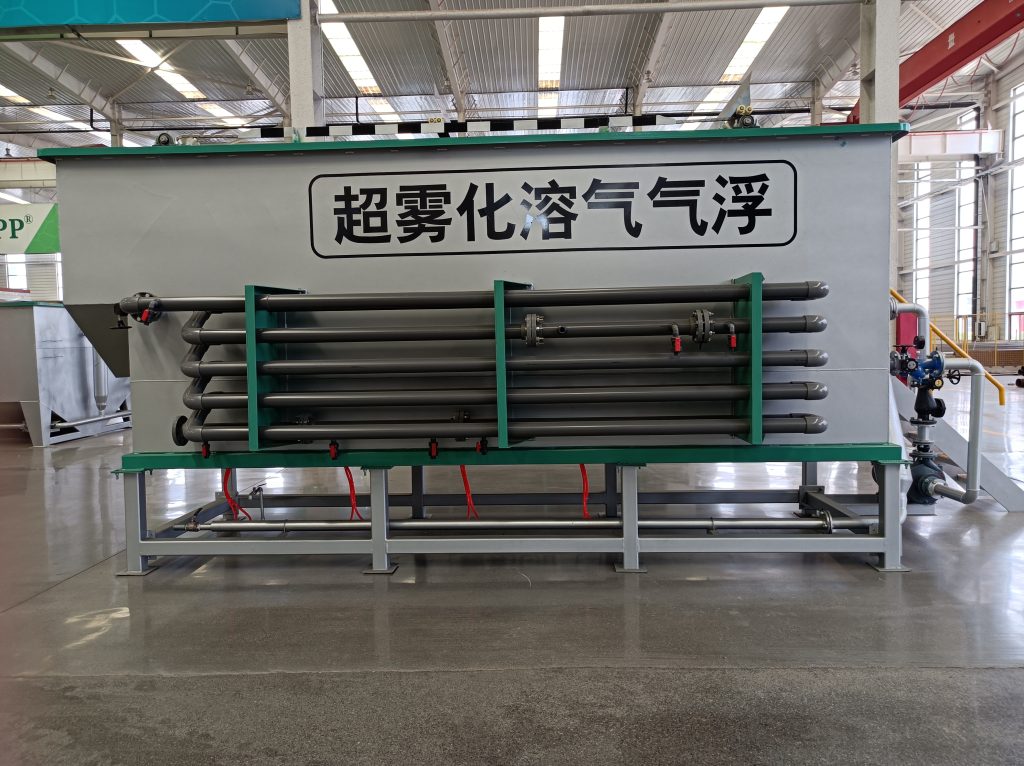Mastering the Methods of Operating a Dissolved Air Flotation Unit
Cleaning a dissolved air flotation unit is crucial for its proper functioning. Incorrect cleaning procedures can negatively impact the machine and its components, hindering effective wastewater treatment. Here are some key steps to follow during the initial startup, explained in a more accessible manner:

Prepare the wastewater tank: Before starting the unit, add lime powder or alkaline tablets to the wastewater tank. This helps neutralize acidity in the water, promoting better treatment results. Mix the lime powder or tablets well with the wastewater.
Check the pH level: Use pH test strips to check the pH level of the wastewater. Ideally, the pH should be around 8-9, which indicates a favorable condition for treatment.
Add chemicals: Gradually add polyaluminum chloride and polyacrylamide into the wastewater while stirring. These chemicals aid in removing impurities and enhancing the flotation process. The dosage of chemicals may vary based on the wastewater’s condition, aiming for clear and transparent effluent.
Start the unit: Switch on the power and ensure all electrical components are functioning properly. Add lubricating oil to the stirring motors and pumps as needed. Once everything is set, start the flotation unit.

Startup sequence: Begin by starting the high-pressure pump, followed by opening the inlet and outlet valves. As the high-pressure pump runs smoothly, gradually close the outlet valve while monitoring the pressure gauge. After several runs, no further adjustment of the valves is necessary.
Activate additional components: When a milky white liquid appears in the flotation tank, it indicates the unit is functioning correctly. At this point, start the wastewater pump, polyaluminum chloride pump, polyacrylamide pump, and the motor of the mechanical filter tank. The treated water will gradually flow into the clean water tank.
Remember, following these steps carefully during the cleaning process of a dissolved air flotation unit is vital to prevent mistakes and avoid any unnecessary setbacks.
